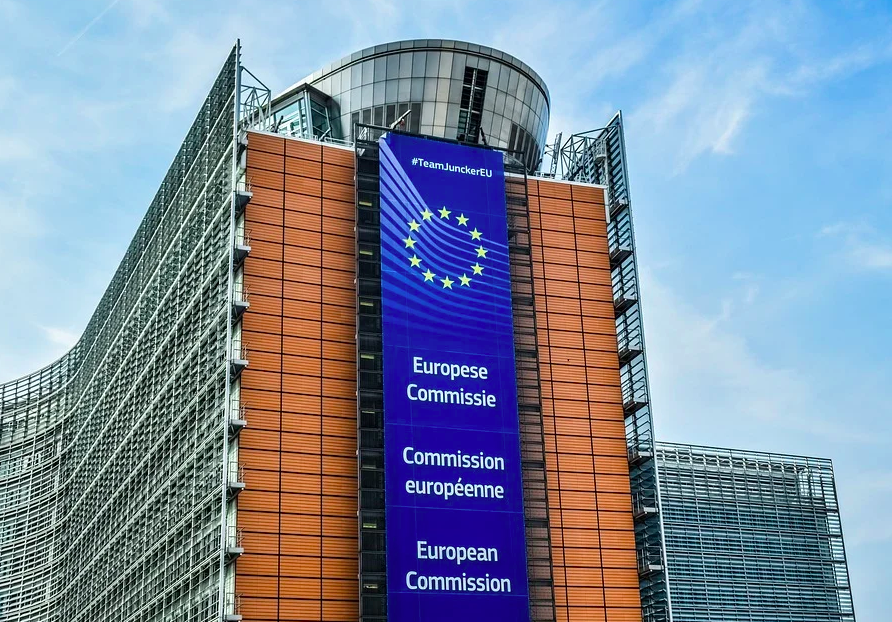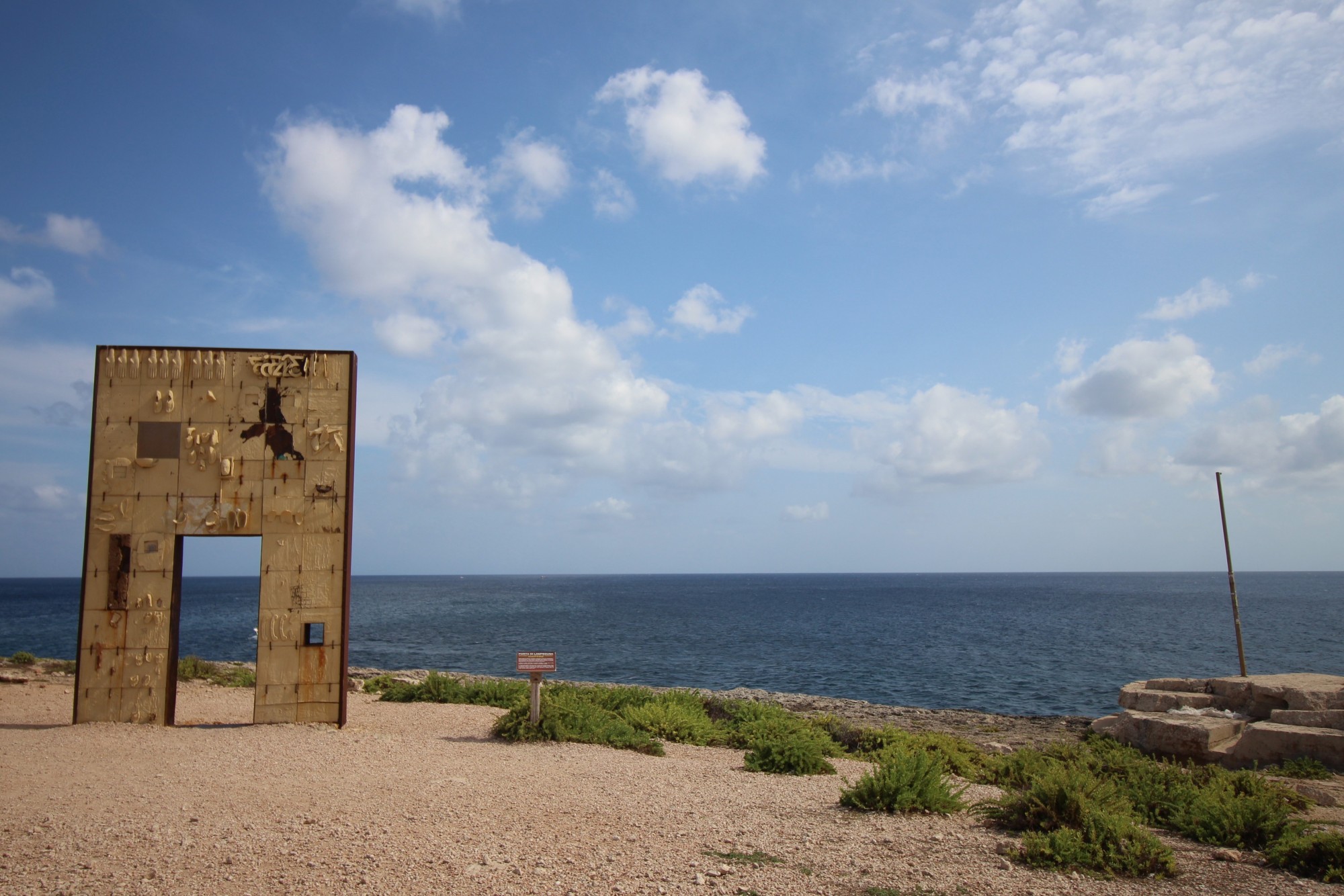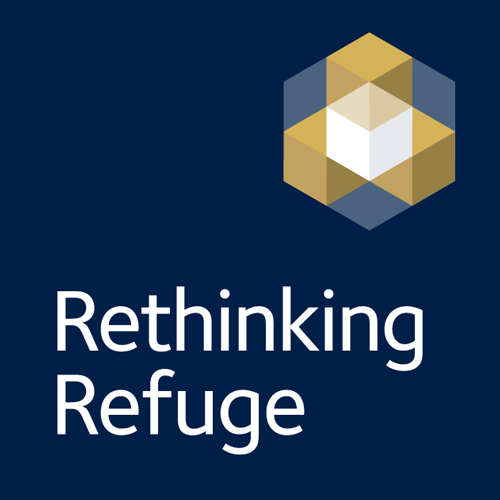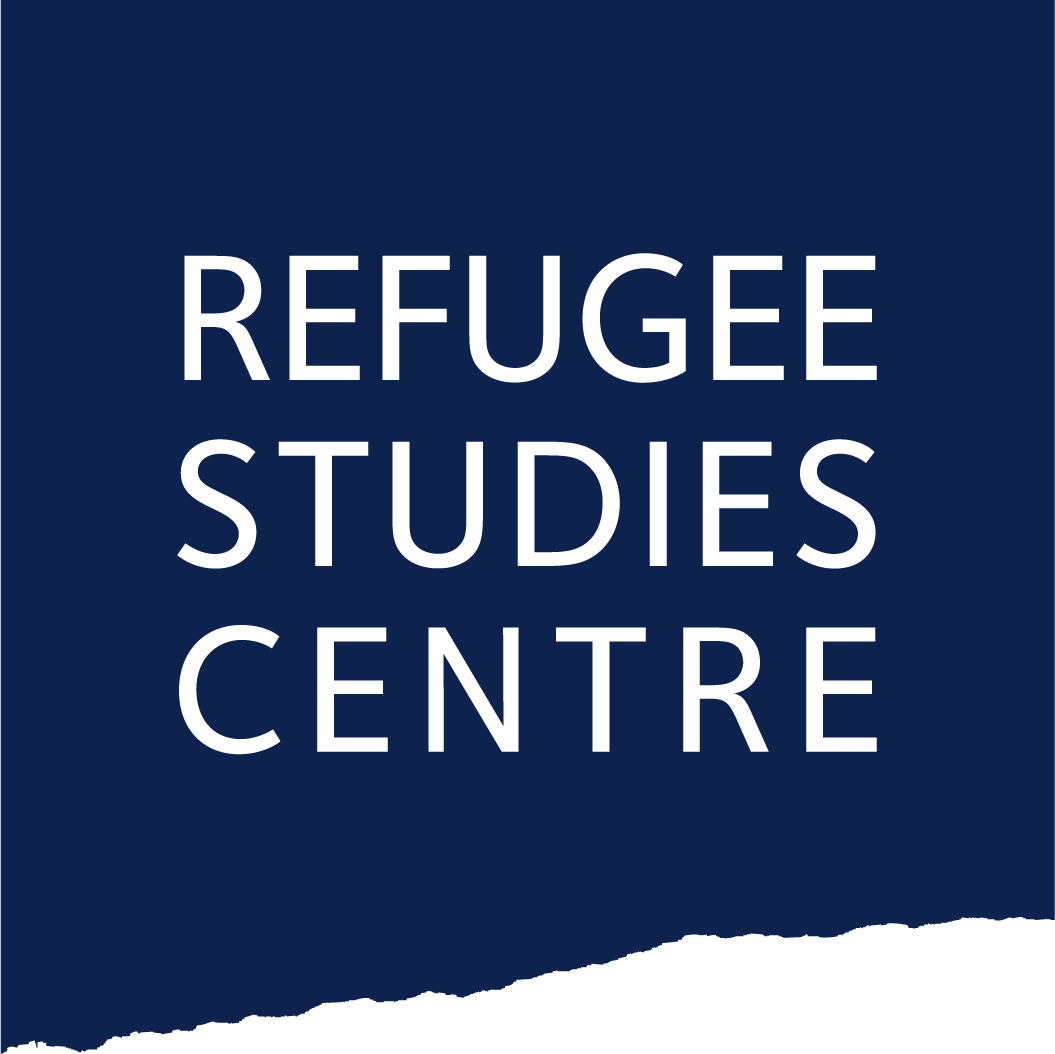
Unpacking the New EU Approach to Asylum and Migration
Introduction
On 23rd of September 2020, a New Pact on Migration and Asylum was presented by the European Commission.
The contents of the proposal are complex and still open to negotiation, yet they are already worth discussing as they represent a realistic starting point for a compromise to be (perhaps) reached in the EU on a crucial and divisive issue.
While many analyses of the Pact have offered a normative evaluation based on “international… commitments and EU treaty principles” (Carrera 2020), this piece posits the importance of examining both “ethics and politics” (Gibney 2004), that is, normative values together with political constraints such as interests and feasibility (Geuss 2009). My doctoral research on The Migrant Crisis and Philosophy of Migration has led me to elaborating such a methodology while grappling with contemporary ethical and political challenges. I now apply it to theorizing the right of international protection in the context of global political turbulences through the Horizon 2020 PROTECT project.
Understanding the New Pact
The New Pact aims at upgrading Dublin – the current EU asylum regime – and introducing a better-functioning and integrated system. This is to be achieved in several ways, summarized here. One is “flexible” solidarity between states, namely solidarity that can be exerted by taking up relocations, sponsoring returns, or through other forms of assistance. Another is a reinforcement, further interconnection, and scaling-up of data repositories and information systems such as EURODAC and eu-Lisa. And a third one is a reassertion of the current EU externalization and third-country policy, which projects EU border management – but importantly, not humanitarian protection (as I will discuss below) – on to extra-EU countries.

Pic 1: The Palace of the European Commission: the executive branch of the EU is restarting the political debate over asylum and migration management in and by the Union.
Challenges of a Dublin Reform
A first critical consideration concerns the “mandatory solidarity” the Commissioners insist they have introduced. The idea is that all member states will have to participate in the cooperation scheme over asylum management set out in the Pact, in one way or another. Unsurprisingly, journalists at the Pact’s press release already highlighted potential weaknesses in mandating and enforcing such cooperation. Despite the Commissioners’ reassurances on its obligatory nature, the Pact’s strongest measures consist of the “launching [of] infringement procedures where necessary”. In the light of precedents, this might not suffice, because Hungary has faced five such procedures since 2015 and its Prime Minister has nonetheless doubled down on the country’s harsh anti-asylum policies.
Rules and Effectiveness
From the standpoint of a realistic theory such as mine, that is, a non-ideal philosophical framework that considers values such as asylum and freedom of movement together with the practices they orient, possibilities and pathways to ensure compliance with normative injunctions are often as relevant to consider as these latter. The Commission itself analyzes the “lack of effective rules for sharing responsibility for asylum applicants” (New Pact, 7) under the “old” (current) Dublin system. The phrasing, however, is tellingly ambiguous: what is it that was “lacking”? “Rules”, or rather their being “effective”? What can now reassure border countries that relocation quotas which have been “largely symbolic” (Lavenex 2018, 1204) in the recent past will be strictly observed in the future?
Flexible Solidarity
Furthermore, this solidarity is presented as flexible, and hinging on the choice between resettlements and returns. My past research has already suggested that flexibility would have been a key precondition for any plausible new EU proposal. Nonetheless, states opposing relocations might be willing to challenge some of the conditions attached to return sponsorships also (such as those mentioned in the New Pact, 75). Furthermore, the Commission cannot guarantee that there will always be a balance between genuine asylum claims and migrants to be returned: in a crisis, flexibility could be found at odds with solidarity.
A second weakness of the Pact concerns the insistence on better registrations to control and prevent secondary flows – that is to say, further movements from the EU borders toward other member states. Such registrations would require an effort by states of first entry, but unless these border states are granted assistance from Northern and landlocked states, they might actually have an incentive not to put these procedures in place, so to eschew responsibility for the relative asylum claims. This would be a classical example of what has been described as the “wave-through approach” (Maiani 2019, 108; Panizzon and Vitiello 2019)
Search and Rescue (SAR) Operations
Finally, the Pact pays great, well-deserved attention to Search and Rescue (SAR) operations that save migrants’ lives at sea. However, in reasserting this humanitarian obligation, it still seems to not address tropes which granted success to populist propaganda in maritime countries. For example, a right-wing party which is now buoyant in Italy invokes a naval blockade as the only practicable and effective response to massive sea inflows. SAR operations are more expensive and difficult than border management on land – as the Pact itself acknowledges – and costs are disproportionately high for small, insular states. Indeed, Cyprus and Malta record the highest numbers of asylum applications relative to population, by far. In the light of these, and of the dangers migrants and refugees are exposed to, an effective European policy response seems still underdeveloped.

Pic 2: The “Gate of Europe” in Lampedusa commemorates both entry to European space and the tragedy of lives lost at sea. Photo by Enrica Tancioni on Unsplash.
Two Steps Forward?
Having outlined these challenges, I sketch two directions to improve the proposal. I put forward these as they might be among the most politically feasible ways to enhance refugee agency during and after admission, as well as to develop international cooperation on humanitarian protection rather than on the securitization of EU borders. These are some of the central values on which this analysis is premised.
Enabling Refugee Choices
The first proposal is a reconsideration of internal mobility conditions to enable refugee choices.
The New Pact expands grounds for transfers between member states, for instance through a broader understanding of family bonds. It also introduces “the right to acquire the EU long-term resident status after 3 years instead of 5”. These beg the question of whether the “contradictions between the Dublin Regulation’s principle of assigning responsibility to first countries of entry… and the Schengen principle of open internal borders” (Bauböck 2017, 141) is worth maintaining. It is not only for ethical reasons (cf. Dziedzic’s intervention on this platform), but also for pragmatic reasons, that asylum seekers could be given a choice, at least in some cases.
Upholding Humanitarian Protection
The second is a consideration on aligning the externalization of EU border and asylum policy with humanitarian protection.
If they are given the chance to have their cases evaluated in Northern African coast-states, prospective crossers might avoid smugglers and be resettled more safely. Furthermore, this would help lay the foundations of an asylum regime in Northern African states, which is presently largely missing, as recently highlighted by UNHCR Chief of Protection Policy and Legal Advice Madeline Garlick. Such improvements would increase international cooperation of the kind recommended by the Global Compact on Refugees, an argument which is also advanced in the conclusion of Jenny Poon’s contribution to this platform.
Conclusion
Both these suggestions need elaboration and would be complicated to implement. But both, as well as addressing the challenges outlined above, would contribute to the arduous and undelayable goal of putting in place a truly European migration and asylum system which is well-functioning and humane.
This article was originally published on 18 December 2020.






